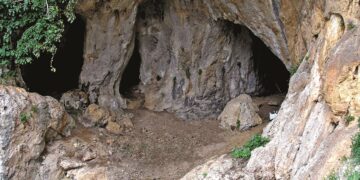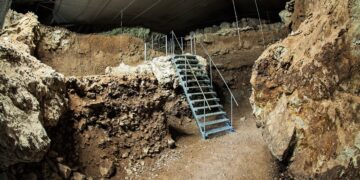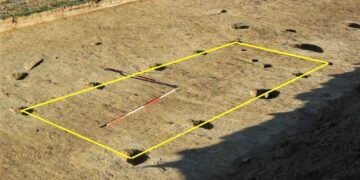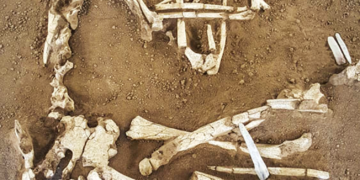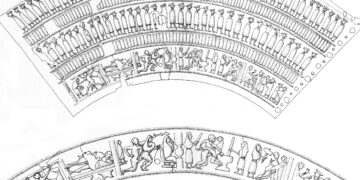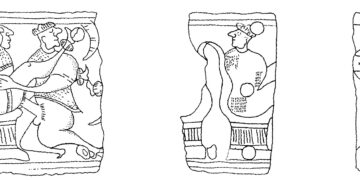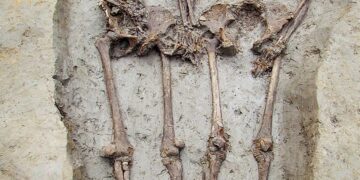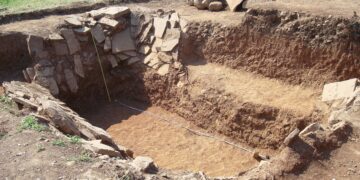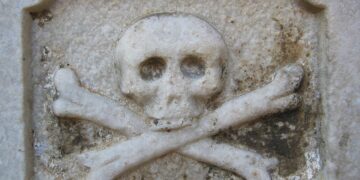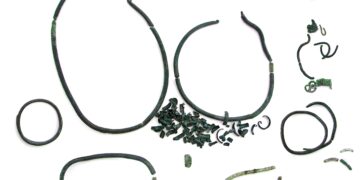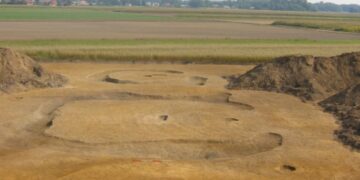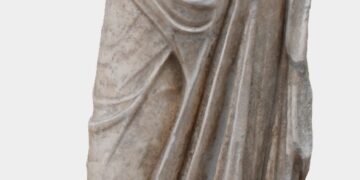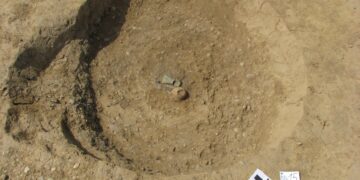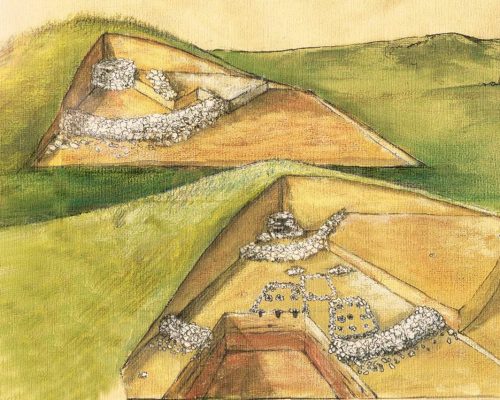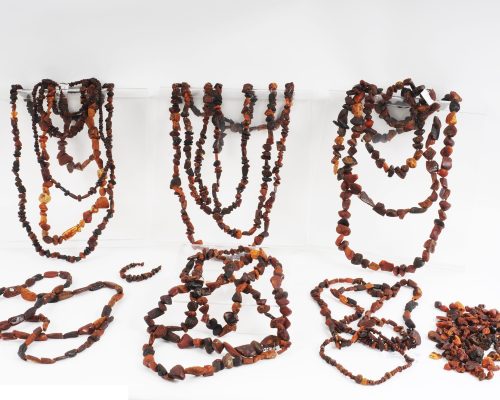In Atenica near Čačak in today’s Serbia, in grave 2, located in the periphery of the impressive tumulus I, the grave of a younger male person of aristocratic, perhaps the highest social authority in the central Balkan area was discovered. Discovered were numerous gold, silver and bronze objects, as well as glass and bone ornaments, but surprising was the largest number of amber objects. Surprising is also the manipulation with grave goods during the burial rite – most of the grave goods, except glass, bone and amber, were cremated with the deceased. The gold jewellery was of foreign origin, and like amber and glass, almost identical to that of the grave 1 in which the woman, most likely the mother of that child, was buried.
Among the finds, the large number of precious metal applications indicates the use of luxurious textiles. Further arrows of foreign origin were discovered as well as several decorated bone knife handles, shield fragments and metal bands that were attached to wooden vessels – all of the exhibiting forms and decoration characteristic for the eastern Scythian culture.Numerous grave goods were actually small insignias, manipulated in a complicated pars pro toto scenario, demonstrating that the social importance of the deceased was not accentuated only with the selection of grave goods, but also with the complex manipulations with them. A child was buried who left this world prematurely and who, precisely because of this fate, received exactly certain objects suitable “for travel” of his age and social status.

